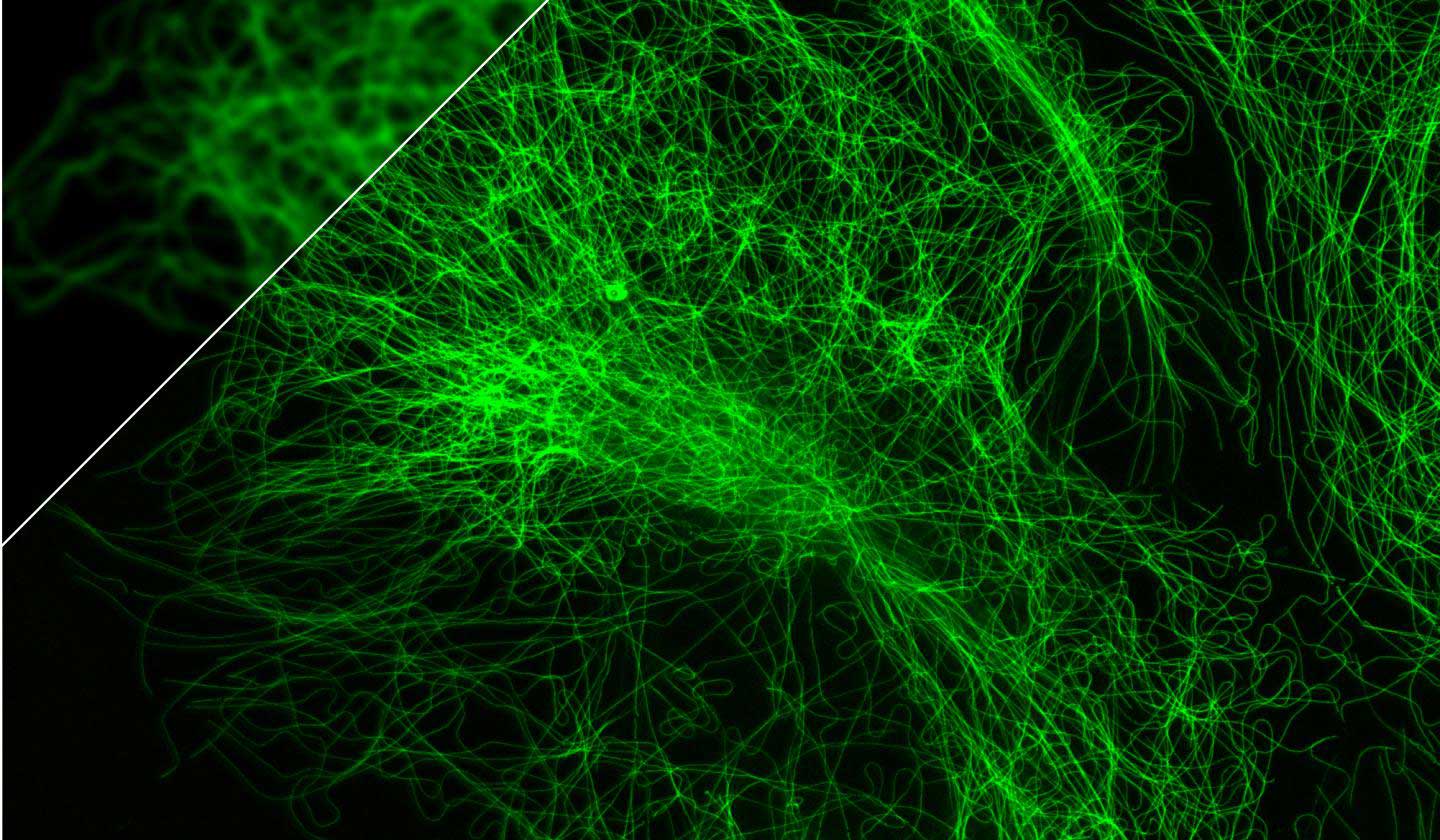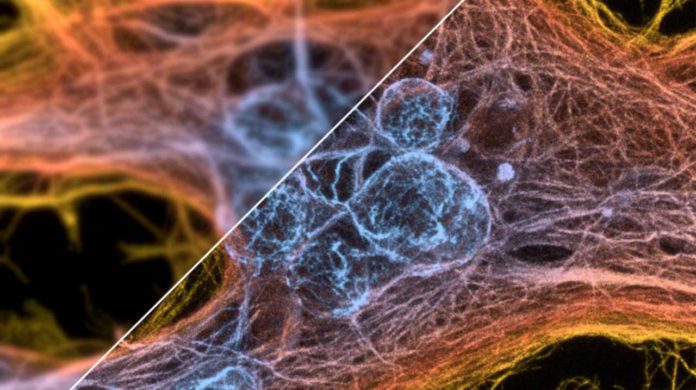Using super-resolution microscopes, scientists until now, can observe subcellular structures, proteins and living tissue with unprecedented precision. These microscopes work by estimating the fluorescent light that some compounds radiate usually or the light transmitted by synthetic fluorophores, and by abusing different quantum properties of the fluorophore, can convey a resolution smaller than the one imposed by the diffraction limit.
One problem is that image quality fluctuates extensively with the specific instrument being used and its settings –, for example, how ground-breaking the laser is and how the individual components are aligned – just as with the properties of the sample being examined.
Now, EPFL scientists have come up with an algorithm that can evaluate a microscope’s goals in only a couple of moments dependent on a single image. The outcome shows how firmly a microscope is working to its maximum capacity. This could be especially valuable for the automated microscopes that have begun showing up in research labs.

Scientists used Fourier’s transform as a base of the algorithm. They also modified it to extract as much information as possible from a single image.
Adrien Descloux, the study’s lead author, said, “The algorithm performs the calculation in just a few seconds and generates a single number. Researchers can compare this number with the microscope’s maximum possible resolution to see whether the instrument can work even better or modify the experimental conditions and observe how the resolution evolves.”
Aleksandra Radenovic in the School of Engineering said, “The algorithm can be used with any kind of imaging modality, including super-resolution models. Our technique is particularly promising for the emerging generation of automated microscopes, where a computer adjusts all their settings.”
“The algorithm is the first ever to allow us to estimate a microscope’s resolution from a single image. Previously two images were needed, and the results were subject to high uncertainty if the images were not correctly pre-processed.”
Descloux said, “Our algorithm is universal. And because only one image is needed, it is particularly suited for fast optimization of imaging conditions, which is challenging when observing dynamic processes. Also, the method can be applied in the image processing, as feedback for optimization of the advanced image reconstruction algorithms.”
The discovery has applications in large scale. Thus researchers made the algorithm available as an open-source Image plugin.
The findings have just been published in Nature Methods.
